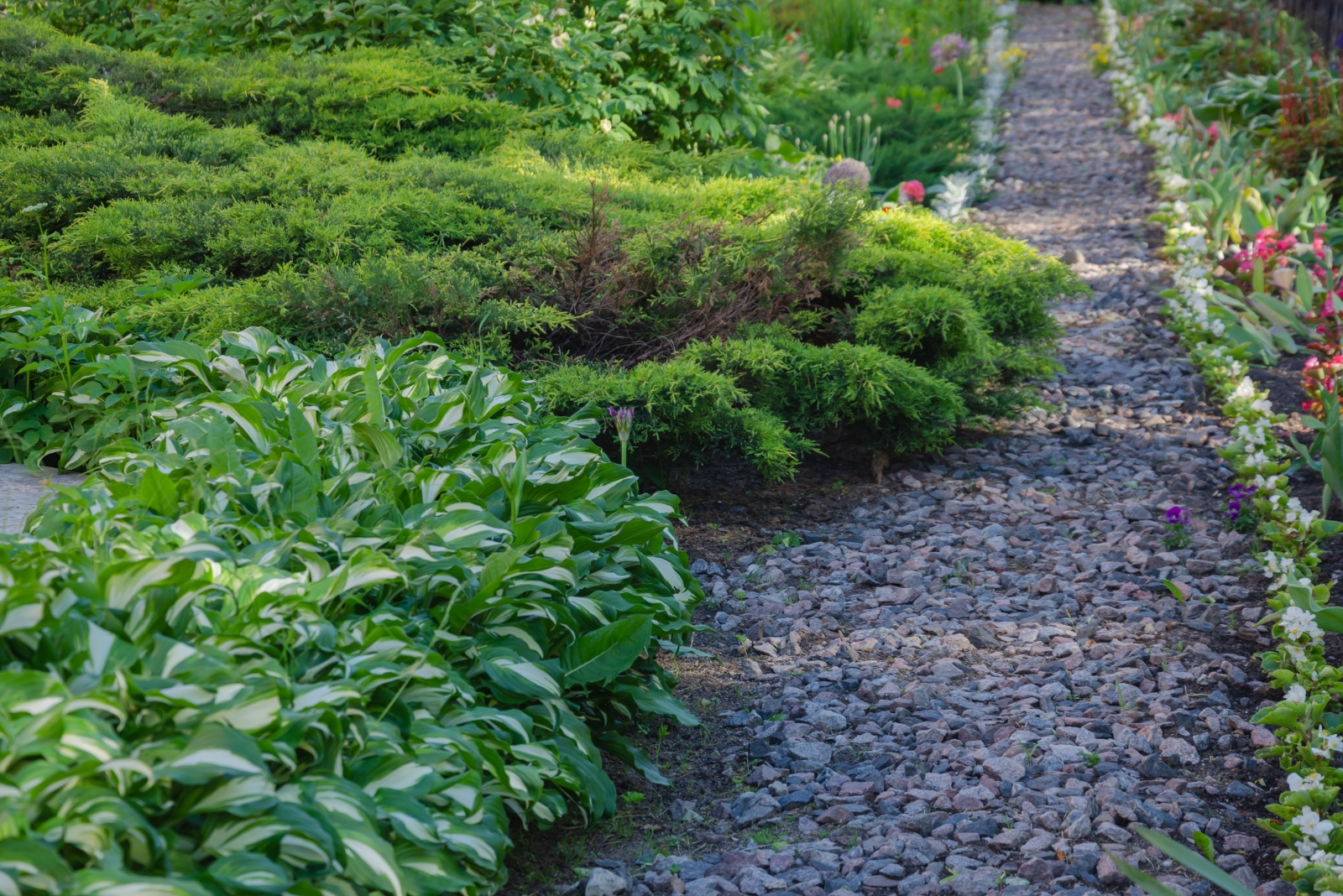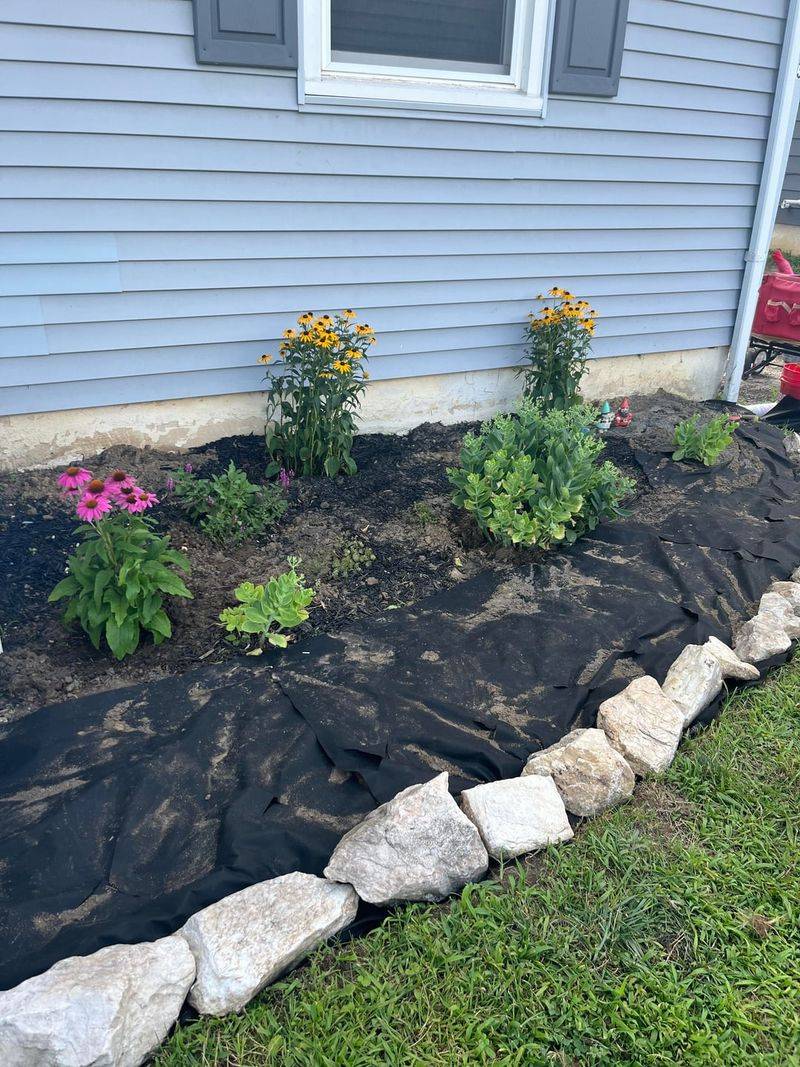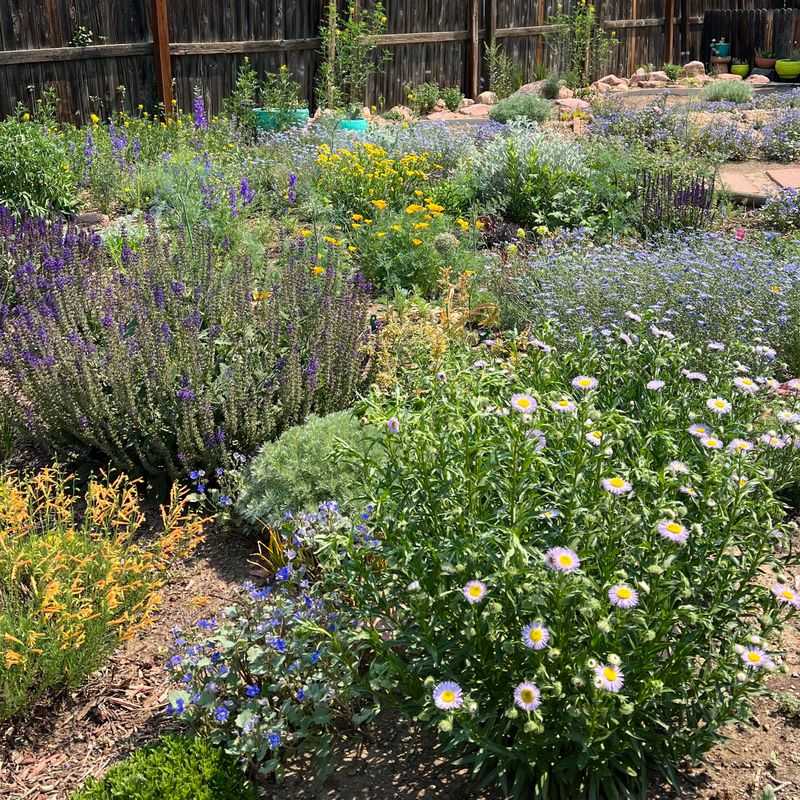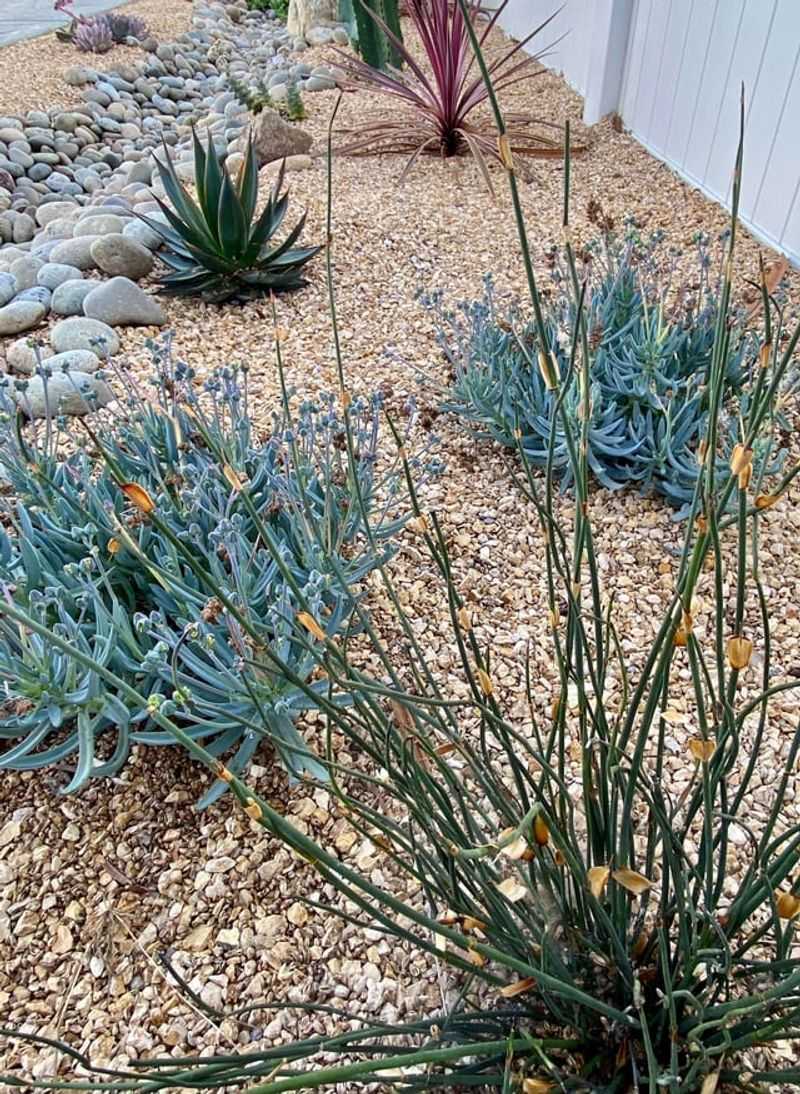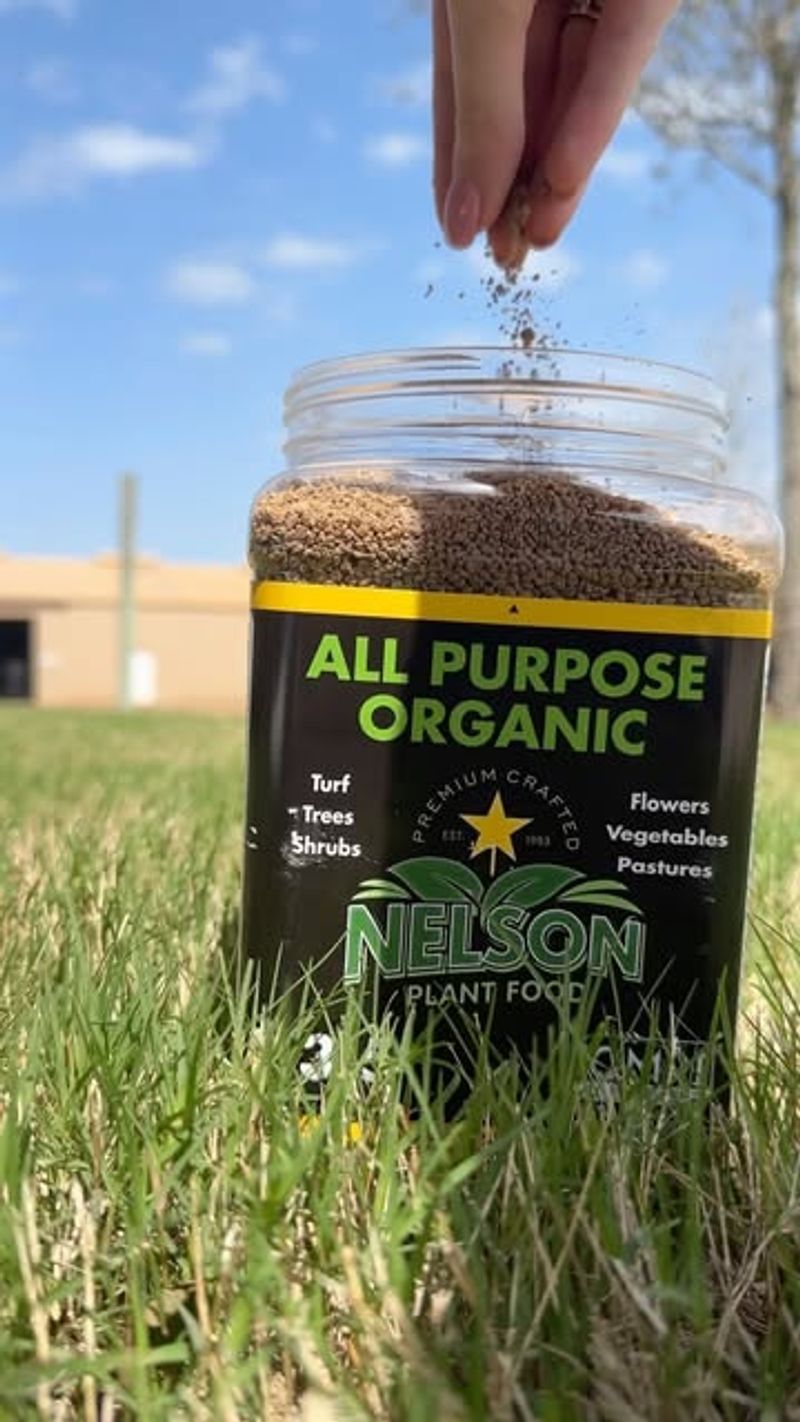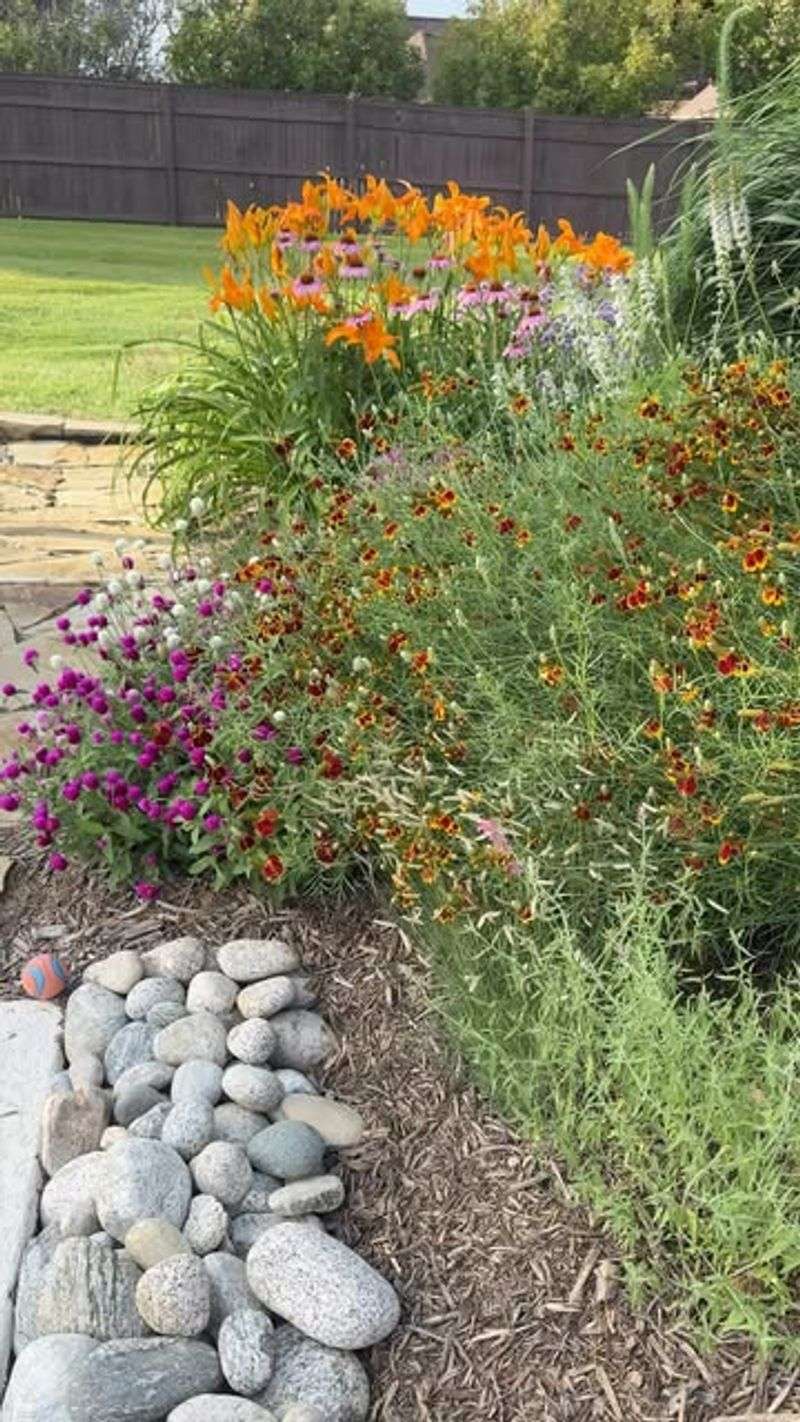Growing perennials in gravel can be tricky in California, but it’s not impossible. I’ve experimented with a few methods and found ways to keep them thriving without endless watering or fuss.
Small adjustments make a big difference in root health and blooms. Follow these tips, and your gravel garden will flourish like never before.
1. Choose Drought-Tolerant Perennial Varieties
Not all perennials enjoy living in gravel, so picking the right varieties makes all the difference. California gardeners should look for plants that naturally thrive in dry, rocky conditions like lavender, salvia, yarrow, and sedum.
These tough plants have adapted to survive with minimal water and poor soil. Their root systems work perfectly with gravel’s drainage, preventing root rot while still accessing nutrients below.
Visit local California nurseries to find native perennials already suited to your region’s climate and soil conditions.
2. Prepare a Proper Base Layer Beneath the Gravel
Gravel alone won’t give your perennials everything they need to flourish. Before spreading rocks, improve the soil underneath by mixing in compost and organic matter to boost nutrition.
California’s native soil can be clay-heavy or sandy depending on location. Adding amendments creates a healthier foundation where roots can establish themselves before reaching the gravel layer.
Aim for at least six to eight inches of enriched soil beneath your gravel surface to give perennials room to grow strong root systems.
3. Use the Right Size and Type of Gravel
Gravel comes in many sizes, and choosing the correct one affects how well your perennials perform. Small pea gravel around quarter-inch to half-inch diameter works best because it allows water to penetrate while preventing weeds.
Avoid using large decorative rocks that create big air pockets or trap excessive heat. California’s hot summers can make oversized stones radiate too much warmth, stressing plant roots underneath.
Local stone varieties blend naturally with California landscapes while providing excellent drainage and temperature regulation for your perennial garden beds.
4. Water Deeply But Less Frequently
Gravel drains quickly, so your watering strategy needs adjustment compared to traditional gardens. Deep watering encourages perennials to develop extensive root systems that reach moisture stored below the gravel layer.
California gardeners should water perennials thoroughly once or twice weekly rather than light daily sprinkling. This approach mimics natural rainfall patterns and helps plants become more drought-resistant over time.
Early morning watering reduces evaporation in California’s sunshine, ensuring more moisture reaches the roots where it’s needed most for healthy growth.
5. Add Slow-Release Fertilizer Annually
Gravel doesn’t provide nutrients, so perennials need supplemental feeding to stay healthy and vibrant. Applying slow-release fertilizer once each spring gives plants steady nutrition throughout California’s long growing season.
Granular fertilizers work better than liquid types in gravel gardens because they dissolve gradually with each watering. Sprinkle fertilizer around plant bases, then water thoroughly to help nutrients penetrate the gravel layer.
Organic options like compost tea or fish emulsion also work wonderfully for California perennials, providing gentle nourishment without chemical buildup in the soil.
6. Control Weeds Before They Establish
Weeds can still sprout through gravel, competing with your perennials for water and nutrients. Installing landscape fabric beneath the gravel layer creates a barrier that blocks most weed seeds from reaching soil below.
California gardeners should pull any emerging weeds immediately before they develop deep root systems. Regular maintenance keeps your gravel garden looking tidy while protecting perennial health.
Hand-pulling works best since chemical herbicides can harm your desirable plants, especially in California’s warm climate where chemicals spread quickly through soil moisture.
7. Monitor for Heat Stress During Summer
California summers get scorching hot, and gravel can intensify heat around plant roots. Watch your perennials for signs of stress like wilting, brown leaf edges, or stunted growth during peak summer months.
Providing temporary afternoon shade with shade cloth helps sensitive perennials survive California’s harshest heat waves. Light-colored gravel reflects more sunlight than dark stones, keeping root zones cooler naturally.
Mulching over gravel with a thin layer of organic material during extreme heat offers extra insulation, protecting perennial roots without compromising the gravel garden’s drainage benefits.

